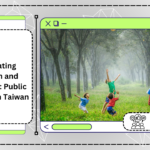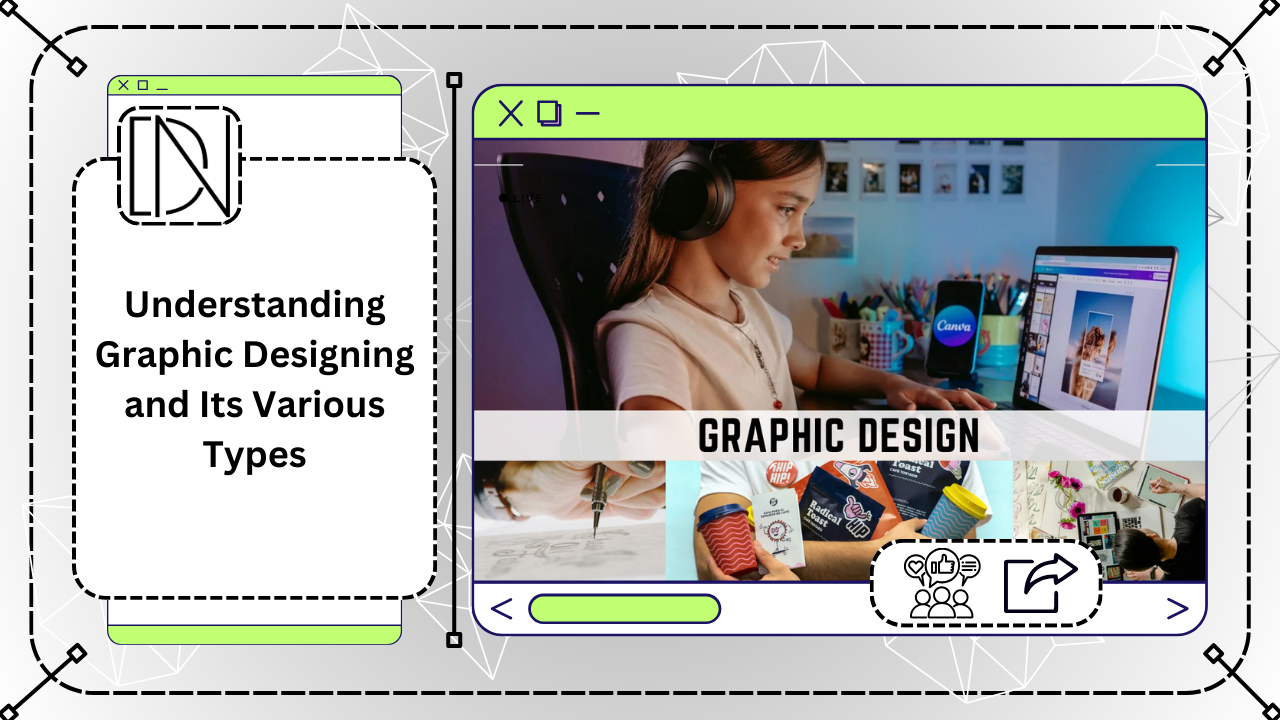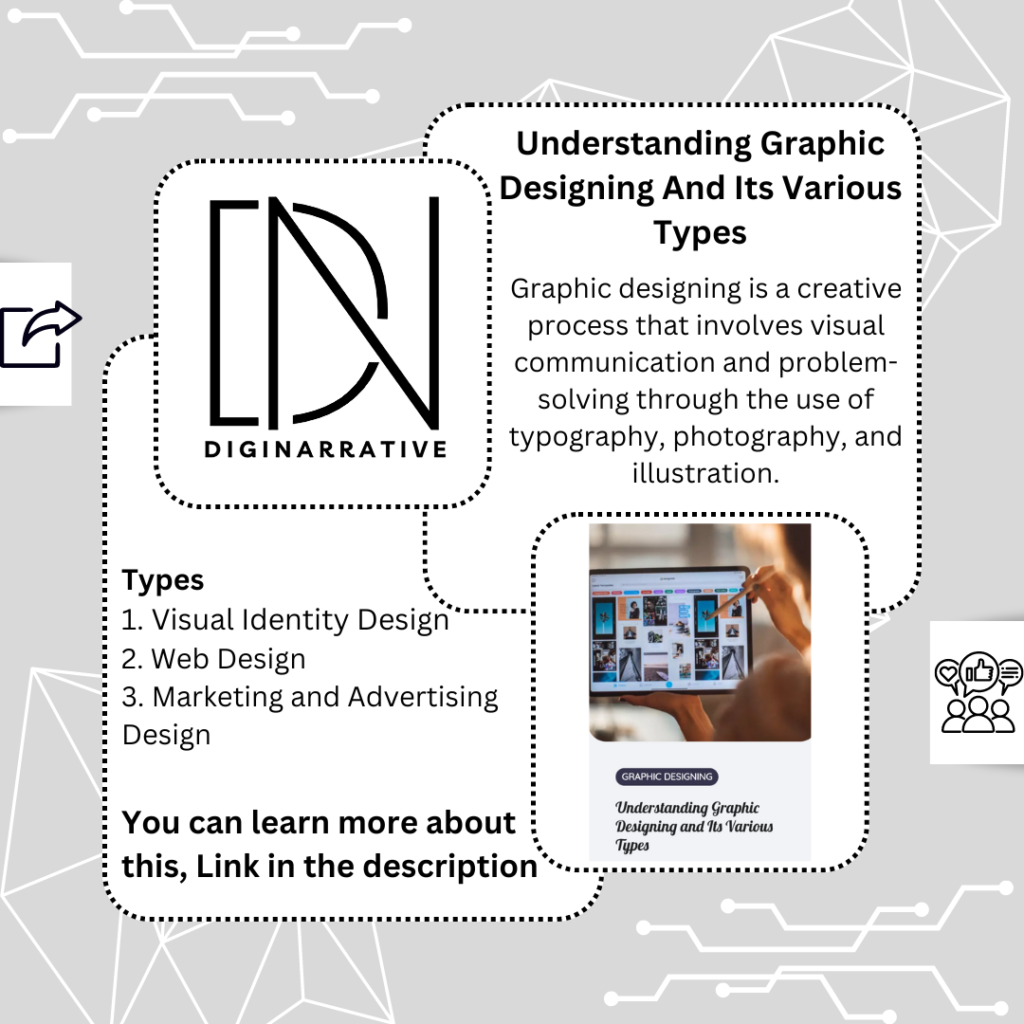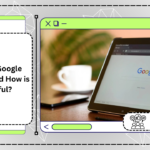Introduction to Graphic Designing
Graphic designing is a creative process that involves visual communication and problem-solving through the use of typography, photography, and illustration. It is a field that combines art and technology to convey messages and ideas in a visually appealing and effective manner.
Graphic design plays a crucial role in various industries, including advertising, marketing, web design, and print media. It helps businesses and individuals create a strong visual identity and communicate their brand message to their target audience.
Graphic designing is a critical element in the world of visual communication. It encompasses the creation of visual content using various elements such as typography, images, symbols, and colors to convey messages effectively. Whether you’re interested in pursuing a career in graphic designing or just curious about the field, understanding its basics is essential.
Core Components of Graphic Designing
At its core, graphic design combines several elements to create compelling visuals. The primary components include typography, color theory, and layout design:
Typography: The art of arranging text in a readable and visually pleasing way.
Color Theory: Understanding colors’ psychological impact and how to use them harmoniously.
Layout Design: Organizing elements in a way that leads the viewer’s eye and communicates the intended message.
Applications of Graphic Designing
Graphic designing is a versatile skill applied across various industries. From advertising and marketing to web design and user interfaces, graphic designers play a pivotal role in shaping how information is presented. Here are a few areas where graphic design is particularly influential:
Branding: Developing logos and brand identities that resonate with target audiences.
Digital Media: Creating social media graphics, website layouts, and mobile app interfaces.
Print Media: Designing brochures, posters, business cards, and other physical materials.
Conclusion: The Importance of Graphic Designing
Graphic designing is more than just making things look good; it’s about effective communication. A well-designed graphic can capture attention, convey information clearly, and invoke emotions. Whether it’s for a brand, product, or personal project, good graphic design is a valuable tool that can make a significant impact. Understanding its fundamentals will help you appreciate the art and science behind visually compelling content.
Why Become Graphic Designing
Graphic designing is a dynamic and ever-evolving field that combines creativity with technology to communicate ideas and solve problems. It encompasses various disciplines like digital illustrations, web design, branding, and user interface design. But why should you consider becoming a graphic designer?
Creative Freedom and Expression
One of the most compelling reasons to pursue graphic designing is the creative freedom it offers. As a graphic designer, you get to explore your artistic side while creating visually stunning pieces. Whether you’re designing a logo, an advertisement, or a website, each project allows you to express creativity in unique ways.
Diverse Career Opportunities
Another significant advantage of becoming a graphic designer is the diverse range of job opportunities available. Companies across various industries need skilled graphic designers for tasks such as branding, marketing, and developing visual content. This demand creates a job market that’s both lucrative and diverse, offering positions in advertising agencies, corporate enterprises, and even freelancing opportunities.
Impactful and Rewarding Work
Graphic designing not only allows you to develop your artistic skills but also provides a sense of achievement. Seeing your work out in the world, influencing public perception, and helping businesses grow can be incredibly rewarding. Your designs can shape how people view a brand, making your contributions vital and impactful.
Types of Graphic Designing
Graphic design encompasses a wide range1 of disciplines and specializations. Here are some of the main types of graphic designing:
1. Visual Identity Design
Visual identity design focuses on creating a consistent and recognizable brand image. It involves designing logos, color schemes, typography, and other visual elements that represent a brand’s personality and values. Visual identity designers ensure that all brand materials, such as business cards, websites, and packaging, maintain a cohesive look and feel.
2. Marketing and Advertising Design
Marketing and advertising design aims to create visually compelling materials that attract and engage the target audience. This type of graphic design involves designing advertisements, brochures, banners, social media graphics, and other promotional materials. Marketing and advertising designers use their creativity and understanding of consumer psychology to create impactful designs that drive sales and brand awareness.
3. Web Design
Web design focuses on creating visually appealing and user-friendly websites. Web designers use their skills in layout design, typography, color theory, and user experience to create websites that are both aesthetically pleasing and functional. They ensure that the website’s design aligns with the brand’s identity and provides a seamless browsing experience for users.
4. Publication Design
Publication design involves the layout and design of printed materials such as books, magazines, newspapers, and newsletters. Publication designers work closely with editors and writers to create visually appealing layouts that enhance the reading experience. They consider factors such as typography, images, and page composition to create visually engaging publications.
5. Packaging Design
Packaging design focuses on creating attractive and functional packaging for products. Packaging designers consider factors such as product protection, branding, and consumer appeal. They create designs that not only catch the consumer’s attention but also communicate the product’s features and benefits effectively.
6. Motion Graphics Design
Motion graphics design involves the creation of animated visual elements for videos, films, television, and digital media. Motion graphics designers use their skills in animation, visual effects, and storytelling to bring static designs to life. They create engaging and dynamic visuals that enhance the overall viewing experience.
7. Environmental Design
Environmental design focuses on creating visually appealing and functional spaces. It involves designing signage, wayfinding systems, exhibitions, and interior or exterior spaces. Environmental designers consider factors such as user experience, aesthetics, and accessibility to create designs that enhance the overall environment.
8. User Interface (UI) Design
User interface design focuses on creating intuitive and visually appealing interfaces for digital products and applications. UI designers consider factors such as user experience, usability, and visual hierarchy to create designs that are both visually appealing and easy to navigate.
These are just a few examples of the many types of graphic designing. Each type requires a unique set of skills and expertise, but they all share the common goal of creating visually appealing and effective designs that communicate a message or evoke a desired response.
Whether you are a business owner looking to create a strong brand identity or an aspiring graphic designer, understanding the different types of graphic designing can help you make informed decisions and choose the right approach for your specific needs.














Pingback: Understanding Visual Identity Design in Graphic Designing - DigiNarrative
Pingback: Understanding Marketing and Advertising Design in Graphic Designing - DigiNarrative
Pingback: Understanding the Web Design and Graphic Design - DigiNarrative
Pingback: Understanding the Publication Design in Graphic Designing - DigiNarrative
Pingback: Understanding Packaging Design in Graphic Designing - DigiNarrative
Pingback: Understanding Motion Graphics Design - DigiNarrative
Pingback: Understanding Environmental Design in Graphic Designing - DigiNarrative
Pingback: Understanding User Interface (UI) Designing- DigiNarrative